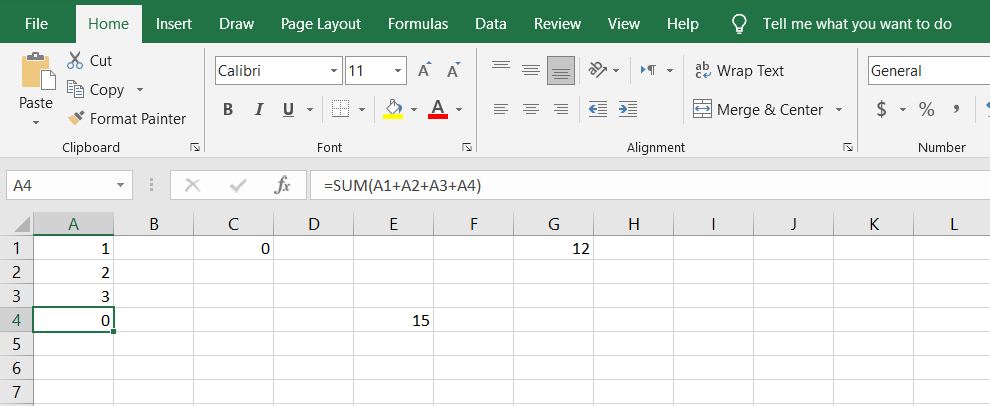

By setting the threshold to 0, only B dependencies will be displayed for A. By setting the threshold to 1, the IDE will display B and C dependencies for A. Do not travel deeper than option if you want to analyze transitive dependencies and specify the necessary threshold.įor example, A depends on B and B depends on C.
#TURN OFF CIRCULAR REFERENCE IN EXCEL FOR MAC CODE#
Select the Include test sources option if you want to analyze your test code together with the production code. If the necessary scope is not created yet, click and define a new scope in the dialog that opens. In the dialog that opens, specify the scope of files that you want to analyze. Analyze dependenciesįrom the main menu, select Code | Analyze Code | Dependencies.Īlternatively, if you want to analyze a specific item, right-click it in the Project tool window and select Analyze | Analyze Dependencies. In IntelliJ IDEA, you can visualize dependencies between the parts of a project (modules, classes, and so on) and highlight the information flow using the Dependency Structure Matrix analysis. IntelliJ IDEA has a tool that allows you to analyze dependencies between modules, packages, and classes in your application and prepare for structural changes - the dependency analyzer. For example, if you decide to remove one of the libraries, extract an API or a new module, or modularize your application by switching to Java 9 Jigsaw modules, you need to analyze dependencies within your project in order to make sure that your change is not breaking anything. If you have a large Java project with several modules that uses multiple libraries, any operation that requires an essential structural change can be difficult.


 0 kommentar(er)
0 kommentar(er)
